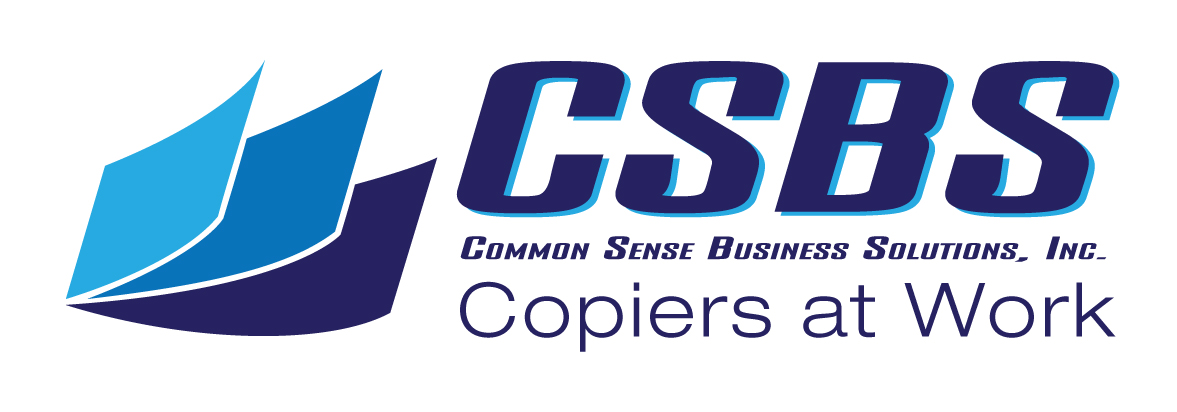For most anyone over the age of 50 can easily remember when photocopy machines were still a bit of a novelty. Back in the late 1960s and early 70s, the soon to be ubiquitous photocopier was still a technological marvel.
The wonder of being able to make duplicate paper copies of most anything that could be put on the machine was quietly earth shattering in the business realm. And the pioneer manufacturer, Xerox, tried to underscore this fact.
According to an article from NPR,
“One Xerox commercial features a female secretary saying:
‘I make perfect copies of whatever my boss needs by just turning a knob and pushing a button. Anything he can see I can copy in black and white on ordinary paper. I can make seven copies a minute. … Sometimes my boss asks me which is the original, and sometimes, I don’t know.’
Author and historian Lynn Peril says the machines had to have been ‘fabulously liberating.’
‘Oh my God, you didn’t have to work with all the lousy carbon paper,’ she says. ‘You could just take it and put it on this glass surface and press a button and you’ve got as many copies as you wanted.’”
And it proved to be a winner in schools, libraries and other institutions, as well.
The RIse of the Photocopy Machine
 The Xerox 914, the first commercial plain paper photocopier turns 60 this year. This marks over a half-century of reliable, high-speed (relatively speaking) productivity that has evolved into new technologies and possibilities.
The Xerox 914, the first commercial plain paper photocopier turns 60 this year. This marks over a half-century of reliable, high-speed (relatively speaking) productivity that has evolved into new technologies and possibilities.
The 914 was an amazing commercial success sales went from $2 million in 1960, the year the first 914 was sold, to over $22 million in just three year. But, as often happens with technology and capitalism, new manufacturers began to enter the market.
One of the first changes was the gradual shift from speaking of “Xerox machines” to the more generic – and correct – them “photocopy machine” or photocopier. In fact, as early as 1955, the company Ricoh developed the RiCopy 101 Diazo copier. And, by 1975, they had developed the popular RiCopy DT 1200.
The photocopy machine reign of Xerox was being seriously challenged.
The 1970s and 80s ushered in a new era of development and innovation as various photography companies began to enter the market for photocopiers. Brands such as Minolta, Konica and others started to produce small office copiers that diminished Xerox’s domination of the photocopier market.
The Morphing of Copiers to Printers
The transition from strictly xerographic copying to printing – through dot matrix, inkjet and laser – was somewhat gradual and spotty. However, there was a definite period of time with this metamorphosis occurred.
According to a Wikipedia entry,
“Starting in the late 1970s, inkjet printers that could reproduce digital images generated by computers were developed, mainly by Epson, Hewlett-Packard (HP) and Canon.”
The advent of personal computers also led to the introduction of laser printers, particularly by Apple and HP, in the early 1980s. In 1989, Canon introduced a high quality color laser printer with a computer interface that became widely available in the USA and Europe.
By the early 1990s, small shops with digital printers became more and more common as the world of commercial photocopying and digital printing began to merge. And the new technology was not limited to shops. In 1991, the Xerox DocuTech came onto the market, providing high-speed black and white digital laser printing. For the first time, items such as manuals could be stored digitally and printed on demand in volume.
In the late 1990s through 2010. Konica Minolta and other printer vendors make color laser printers at lower prices that are increasingly competitive. This, in turn, makes the use of laser printing far more accessible to smaller businesses and home offices.
The transition from black and white, sometimes grainy, often odorous, plain paper copies to the vast number of printing options available today took place in a relatively short span of time. But one thing has remained constant and consistent: the need for copies.
The New Reign of the Multifunction Color Laser Printer
A multifunction printer, or MFP, is also known as an “all-in-one” printer. It consolidates the functionality of a printer, copier, scanner and fax machine into one device. The multifunction printer is often a great common choice for smaller businesses that need to minimize assets and reduce costs. MFPs can also improve workflow and reduce the amount of space taken up by office machines.
In fact, according to a 2018 article at Business Insider, six of the top ten Amazon best-sellers for home office printers were “all-in-one”, or multifunction printers. And when it comes to printers for the business office, the most common choice is also a multifunction printer.
Although multifunction printers are available in black and white, or monochrome, multifunction color laser printers are becoming much more affordable and, therefore, more common.
If you are in the market for a new copier and have questions about what your best options are, give us a call or stop by and we’ll be happy to help. Every business and organization has a unique combination of copier/printer needs and considerations and there are a variety of great machines to choose from.


